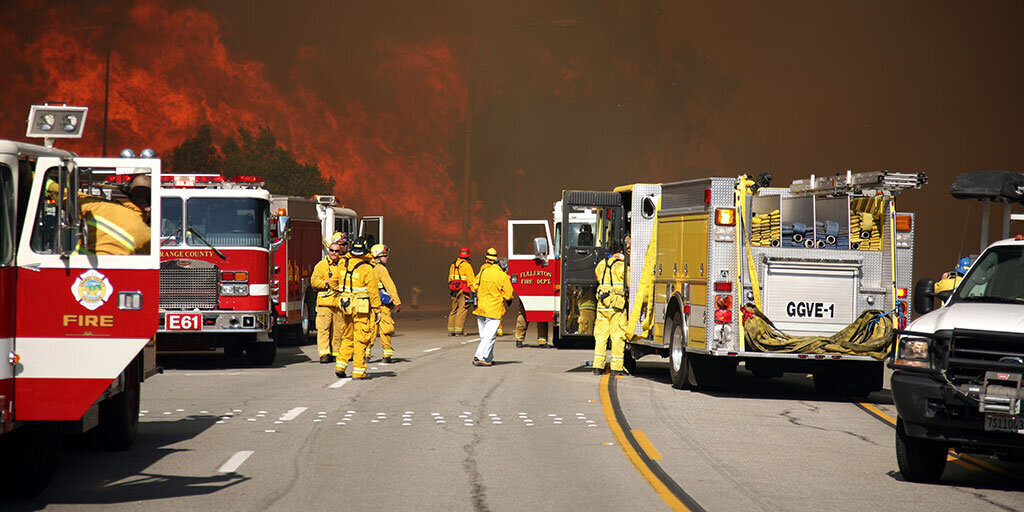AI-powered technologies are revolutionizing emergency response systems, enhancing their speed, accuracy, and effectiveness. Object detection models like YOLO-World enable real-time identification of people, vehicles, and potential hazards in emergency situations[2][5]. This capability is crucial for first responders to quickly assess the scene and prioritize their actions.
Anomaly detection algorithms play a vital role in identifying unusual patterns or behaviors that may indicate an emerging crisis. These systems can analyze data from various sources, including video feeds and sensor networks, to detect anomalies such as fires, chemical leaks, or unauthorized access to restricted areas[3]. By leveraging AI models like Convolutional Neural Networks (CNNs), emergency services can receive early warnings and respond proactively to potential threats.
Real-time analytics powered by AI are transforming situational awareness during emergencies. Advanced video management systems (VMS) integrated with AI can process vast amounts of data from multiple sources, providing a unified view of the situation[1]. This enables decision-makers to make informed choices quickly and coordinate response efforts more effectively.
The integration of these AI technologies with geographic information systems (GIS) further enhances emergency response capabilities. Geo-situational awareness allows responders to visualize the unfolding situation in a spatial context, improving resource allocation and route planning[1].
AI-driven systems also contribute to workplace safety by continuously monitoring for potential hazards and safety violations. Computer vision models can detect when workers are not wearing proper protective equipment or engaging in unsafe behaviors, allowing for immediate intervention[3].
As these technologies continue to evolve, they promise to significantly improve emergency response outcomes. By providing faster, more accurate information and predictive insights, AI-powered systems are helping to save lives and minimize damage in crisis situations.
Further Reading
1. AI for Emergency Response: Real-Time Detection & Visualization
2. Full Motion Video Analysis Using Computer Vision And AI | Clarifai
3. How to Enhance Workplace Safety with AI Video Analytics – Random Walk
4. LEIP and ArcGIS Bring Game-Changing AI Solutions to Disaster Management – Latent AI
5. VisionGPT: LLM-Assisted Real-Time Anomaly Detection for Safe Visual Navigation


